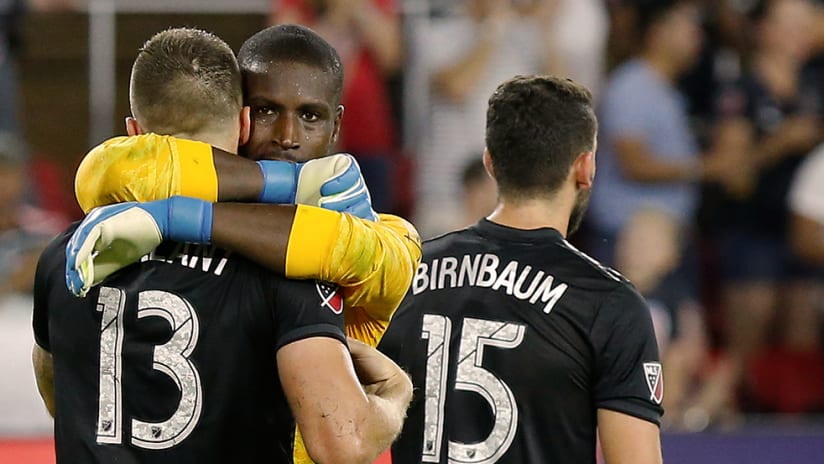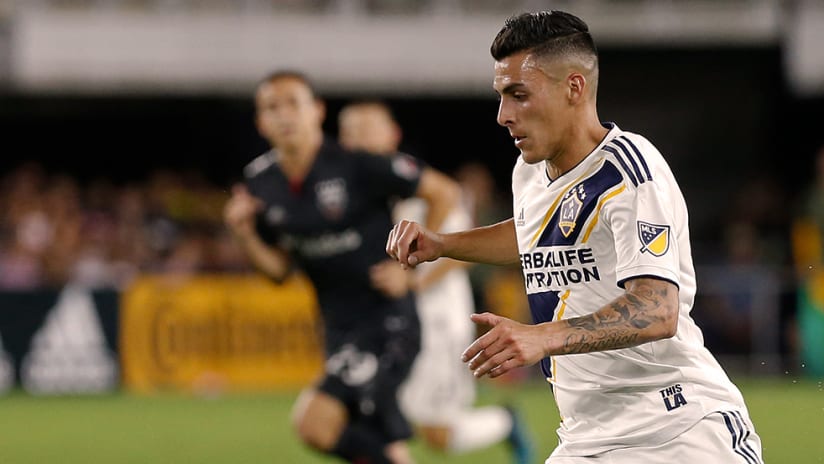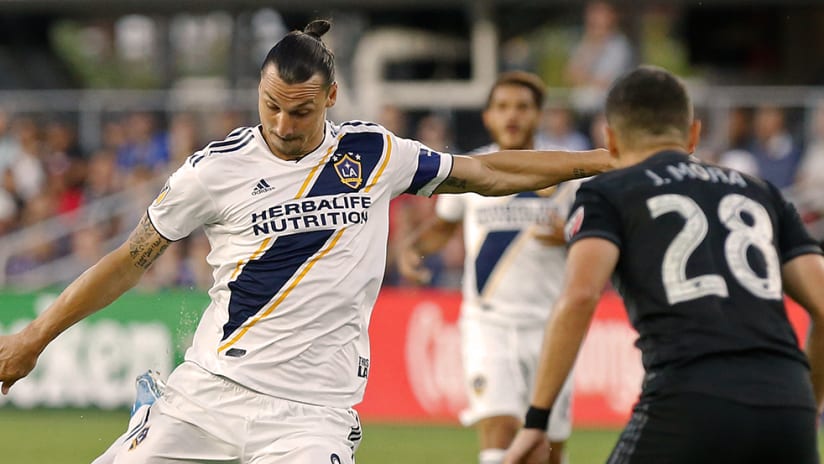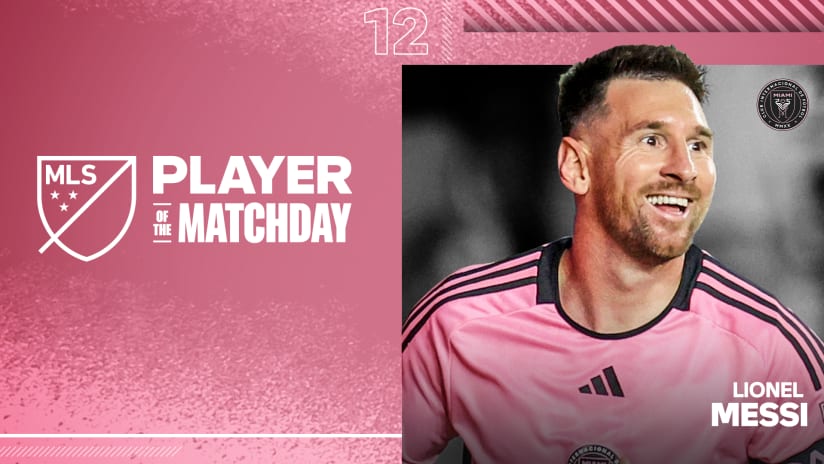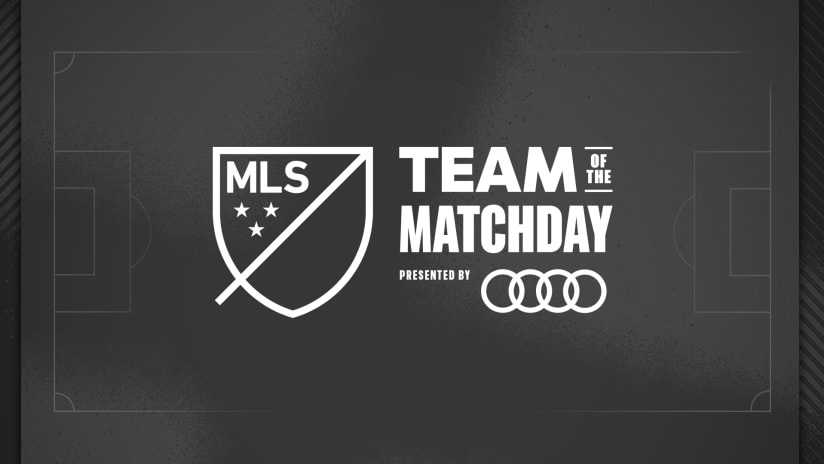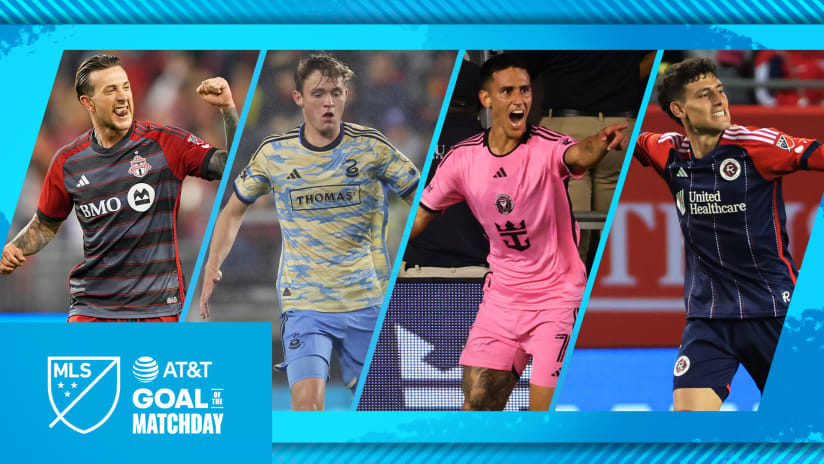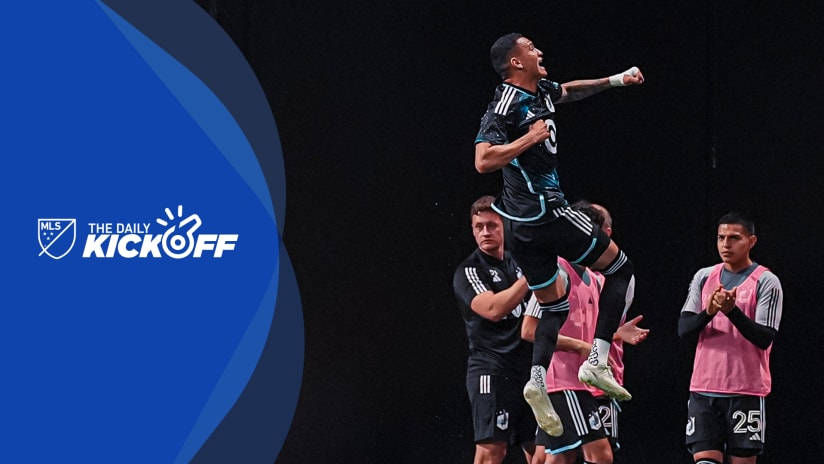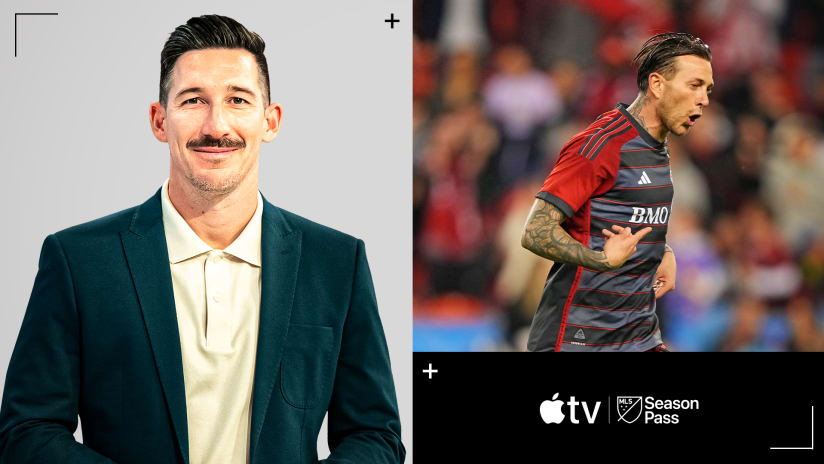WASHINGTON — They’ve been mostly dog days for D.C. United this summer.
After Wayne Rooney and the Black-and-Red began the season largely where they left off last fall, winning seven of their first 12 to storm to the top of the Eastern Conference standings, the warmer months have brought a puzzling chill in form.
Coach Ben Olsen’s side have won only two of their last 13 MLS matches, and sit in a season-worst fifth position in the Eastern Conference table entering Sunday’s tilt against Zlatan Ibrahimovic’s LA Galaxy (7:30 pm ET | FS1, TSN).
And with only three points separating them from eighth-place Toronto FC beneath the playoff line, to say there’s urgency after the 5-1 Week 22 drubbing at the hands of the Philadelphia Union is an understatement.
“The way that we’re going right now, we might not even make playoffs,” defender Steven Birnbaum told MLSsoccer.com earlier this week. “So it’s one of those things where we have to really turn the corner."
It was a wild week to follow on the transfer window front. It began with Rooney revealing he would be taking a player-coach role with English Championship side Derby County side following the season, bringing a premature end to his D.C. stay. It continued with the addition of MLS vets Ola Kamara, Emmanuel Boateng and Felipe ahead of the close of the 2019 MLS Secondary Transfer Window.
The news of roster replenishment and Rooney’s last stand could change the atmosphere around the team. But will it help fix the problems that have led D.C. to this point?
Major minor losses
In the hype surrounding the LuchoRoo phenomenon, the contributions of Yamil Asad and Darren Mattocks to the 2018 season — including 19 goals combined — were perhaps overlooked.
They’ve come into much greater focus of late. New acquisition Lucas Rodriguez hasn’t come close to matching Asad's consistency on the left flank in 2019, though he's had his moments. And while Mattocks became somewhat disposable once Rooney arrived last summer, he still offered a far more dynamic option off the bench than any of D.C.'s subs have this season. Quincy Amarikwa, who has played only 152 minutes, has just one league goal to his name.
Elsewhere in the attack, Paul Arriola's offensive production has dipped — after posting 0.62 combined goals and assists per 90 in 2018 (15 total in 2,183 minutes), that G/A per 90 number has dipped to 0.32 in 2019 (6 total in 1,647 minutes). And even with Rodriguez’s inconsistency, the Argentine's place in the starting XI has not been seriously threatened on most weekends.
With the additions of Boateng and Kamara, it stands to reason that competition for places in the starting XI should increase, regardless of whether Luciano Acosta is transferred this month, departs at the end of the season, or stays with the team past this offseason.
“Now we are almost 28 players, so you have to fight in the spot on the team,” defender Frederic Brillant tells MLSsoccer.com. “The confluence is good, and you have to get the team better.”
Learning LuchoRoo
Rooney and Acosta combined for a dizzying 21 goals and 17 assists over the 20 games that followed Rooney’s arrival last season.
That led to calls for both to be considered in the chatter surrounding the 2018 Landon Donovan MLS MVP award, with Rooney eventually named a finalist.
And with D.C.’s backloaded home schedule, the duo’s run came during a three-and-a-half month stretch that perhaps didn’t allow many MLS teams ample time to counter their winning formula.
That neither player has been as consistently productive this season perhaps owes partly to tactical adjustments of opposing managers.
New York City FC manager Dome Torrent has engineered two away wins over D.C. — one in league play and one in the U.S. Open Cup. After each win, he spoke of the importance of playing with three center backs to counteract how Rooney leads the line and how Acosta roams side to side behind him.
In LAFC’s 4-0 demolition of Olsen’s squad, Bob Bradley also played with three center backs, albeit while pressing considerably higher than Torrent’s group did.
“We kind of snuck up on teams last year with the way that [Wayne] came in and he and Lucho had this great connection right away, and they didn’t really expect that from us,” Birnbaum said. This year, they’ve obviously seen film from last season, and the way that we go about games, and their connection, and they’ve disrupted us a little bit more on our offensive end. It’s one of those things where we now have to adapt.”
Sophomore slump at home
From the moment Audi Field opened, it was a fortress during the 2018 season, with D.C. only losing two of 16 matches there in all competitions, offsetting the fact they won only once on the road all season long.
But 2019 has seen a stark reversal, with United playing to a 5W-3L-5D record on Potomac Avenue. Perhaps more troublingly, the venue has not served as much of an equalizer against elite opposition. D.C. are 1W-3L-1D this season at home against teams currently above them in the Supporters’ Shield standings. That lone victory came in the season opener as Atlanta United managed Concacaf Champions League commitments, during the turbulent early days of Frank de Boer's managerial tenure.
Much-improved away form in 2019, sitting at an even 4W-4L-4D, is the main reason D.C. are even in the playoff picture, because at Audi Field, the away teams are consistently finding ways to get on the board early. United have conceded the opening goal in seven of their 13 home games in 2019, and they've posted an 0W-3L-4D record when that happens.
“To be honest I think it’s BS,” Arriola said after the loss to the Union about the early goals his team has conceded at home. “I think that we are just not on the same page. I think at times we’re a little naive in the back in the beginning of games, and we’re not working hard enough up top in the beginning of games. And that’s what’s hurting us. Especially at home.”



